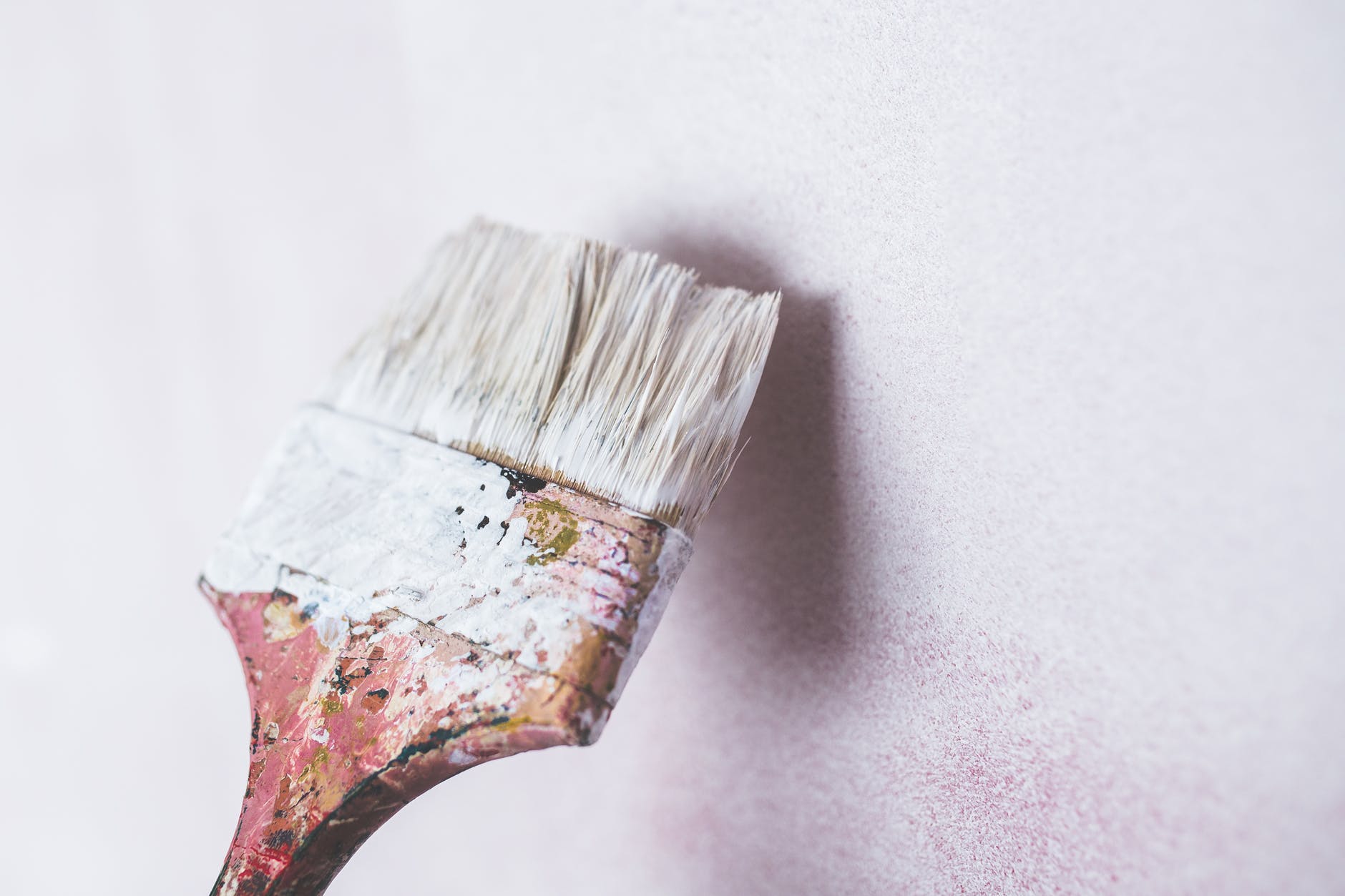Painting is an enjoyable hobby that can add beauty and wellness benefits to both your home or office space. Additionally, painting has many therapeutic qualities.
Paintbrush handling helps develop fine motor skills by increasing finger and hand mobility – this may provide relief for stroke patients.
Painting encourages creative thought and problem-solving skills. Making decisions that affect the outcome of a painting increases problem-solving abilities.
Preparation
Painters begin the painting process by prepping their materials and working area. Before beginning painting, painters often move or cover furniture to prevent it from getting painted upon. Painters may also clean surfaces and sand them prior to painting them; in a home setting, if painting has to happen inside, floors must also be protected to prevent debris falling on them while working.
Painters use different artistic styles and techniques to produce captivating works of art. Compositional decisions and varied brushwork, textures, and color palettes help evoke emotions while sharing information or stories with their audiences.
Professional painters require their own workspace, such as home or rented studios. Additionally, their paintings may be sold in physical or virtual galleries and art markets depending on their skill level; more experienced painter Melbourne could even enter related construction fields like set design or carpentry. With time comes team leaders or supervisors becoming available as well as eventually opening up their own painting businesses.
Painting
Painting is an art form which uses two-dimensional visual language to express emotions, ideas, and memories in two dimensions. Painting employs various techniques and materials to produce sensations of volume, space, movement and light on flat surfaces; its forms and lines serve to represent real or supernatural phenomena or interpret narrative themes; these connections between forms can even convey abstract visual relationships between two separate works of art.
Painters use various tools, such as brushes, spray guns and rollers, to apply finishes. Sanding, scraping and wire brushing surfaces that need painting may also be part of their service to remove damaged or old paint from surfaces that need updating. Some painters – specifically industrial painters – may even be responsible for setting up and operating machinery like spraying or rolling machines.
Most painters work in dedicated studio spaces that allow them to focus on their art while safely storing materials. These studios tend to be large, open spaces that offer ideal conditions for painting.
Finishing
Painting requires knowledge of composition and design to produce visual results, using color selections and brushwork. Artists often utilize techniques like glazing, impasto, washes and stippling in their art to add texture or evoke emotions through their works.
Many painters complete an apprenticeship or on-the-job training program to acquire the specific skills needed for their role and industry. Depending on their position, this process could last from several months to several years and includes classroom instruction as well as hands-on experience under supervision.
Professional painters should provide upfront pricing and ensure you know exactly what the job entails before they start painting. Their punctuality, clear communication and high quality products should ensure a job that gets completed the first time around. You should prepare for your painting project by moving or storing any items that might obstruct their work and making arrangements for pet care or child care as necessary while the painting takes place.
Cleaning
A great painting company will ensure they keep your home as neat and tidy as possible during and after their work, providing written estimates before beginning their job.
Painters usually work outdoors and may need to wear safety gear like face masks and eye protection. Apprentice programs consist of both classroom studies as well as on-the-job training with a certified Journeyperson painter.
Painting professionals often report high job satisfaction ratings and enjoy a flexible work schedule, career advancement opportunities, and income potential. It is vital that they understand risks associated with this profession and comply with health and safety regulations; additionally they need reliable transportation; must communicate well with clients; listen carefully for feedback; use various techniques like sponging, rag rolling or distressing when painting walls to add texture or dimension; can employ techniques like sponging rag rolling distressing when adding depth or texture into their paintings
